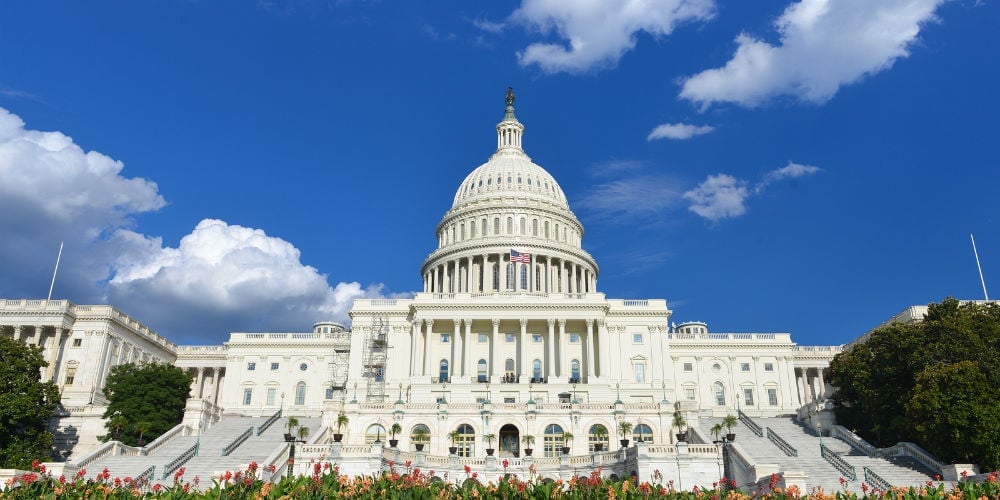No overdraft fees may sound consumer-friendly — until you realize that people will still overdraw their accounts and need a way to meet short-term liquidity deficits.
What does "no overdraft fees" really mean? For some consumers, it means their transactions will not be paid and it could set them back even further because of late fees and other penalties. It also makes it harder for community financial institutions to fulfill their mission to serve their account holders and help them achieve financial health.
There are many drawbacks to taking away overdrafts — it's a service that nearly 9 in 10 consumers find valuable. Plus, it presents a step back for consumers and barriers for financial institutions as they try to provide low-cost banking options for all.
Your members lose out
Without the safety net of overdraft privilege available from their credit union, consumers must find alternate ways to pay for bills or emergency expenses. This can turn into a crisis quickly, given that we’re experiencing one of the most difficult financial times in the nation’s history. Factors stretching consumers’ budgets include:
- Annual inflation has exceeded 8% in recent months, giving consumers less purchasing power than they’re used to.
- Gas prices. Fuel prices remain sky-high, with the national average sitting at $4.70 (on July 9, 2022).
- Interest rates. With an average 30-year mortgage rate of 5.3% (as of July 7, 2022) following a recently strong seller’s market, homeownership has become less affordable and taken up more of consumers’ paychecks.
- Credit card balances. Consumer debt, as well as annual percentage rates for credit cards, are both nearing all-time highs, as many consumers struggle to keep up with the high cost of living.
Meanwhile, consumers still face consequences for unpaid bills, including high late fees and lowered credit scores. In fact, just one late mortgage payment can drop a credit score by 90 points or more, and the late payment stays on their credit history for years. Taking away access to overdraft services makes it even more difficult for consumers to make payments on time and keep their financial lives on track. Perhaps that’s why 72% of consumers who have paid an overdraft fee in the past year were glad their bank covered their payment, rather than returned or declined.
Your credit union loses out
Without providing multiple overdraft options, credit unions miss the opportunity to meet the service needs of their account holders in a number of ways.
- Relationship damage: The average American has more than $92,727 in debt, including credit cards, mortgages, auto loans and student loans. This balancing act can put many from all walks of life in a precarious situation if an unexpected expense or emergency, like a sudden loss of employment or other financial emergencies. If your credit union doesn't offer a safety net of an overdraft privilege service, your members may go somewhere that does (or resort to risky methods of accessing cash).
- Missed educational opportunities: Will a pawn shop or a payday lender take the time to counsel how to better manage your members’ finances and avoid overuse? Not a chance. On the other hand, your credit union is in a position to offer assistance to them back on the right path, if needed. Both parties win when your members build financial health and wealth.
- Revenue replacement alternatives: With lost revenue from overdraft services, how will credit unions make up the difference? They will either have to decrease staffing or increase fees on other products and services — either of which can negatively affect all parties.
A service-based solution
As you can see, taking away overdrafts is not the consumer-friendly solution it's been made out to be lately in the media. Cash shortages and emergency bills will not go away, especially in today's economic climate. It's a service that many people see as valuable, convenient and in some instances, very necessary. In fact, 54% of consumers would oppose a government proposal to prevent banks from offering overdraft protection, compared to just 26% who would support such a move.
The solution for both your members and your credit union is to offer a fully disclosed, well-communicated overdraft service with fair and reasonable fees. Many credit unions already offer such a solution, accompanied by financial education and counseling, which their account holders appreciate. More than 60% of consumers think it's reasonable to be charged an overdraft fee, and 74% view these fees as reasonable when large payments like mortgages or rent payments are covered and paid on time.
So, it's not a matter of eliminating the service; it's about making sure your services continue to evolve and adequately meet the needs of today's consumers.
Creating a modern overdraft program
To remain both fair and competitive, you can take a number of steps to ensure your overdraft program meets your members' needs and industry best practices. This includes conducting a full examination and analysis, including:
- Fee assessment practices
- Fee amounts, as compared to local and regional averages
- Grace periods
- De minimis threshold
- Caps on number of fees charged per day or statement period
A transparent overdraft service that empowers consumers should, of course, be just one option in a broad menu of services available to your members. But for many, it's a vital service they can count on and use responsibly if the need arises, without embarrassment or other unpleasantries.







